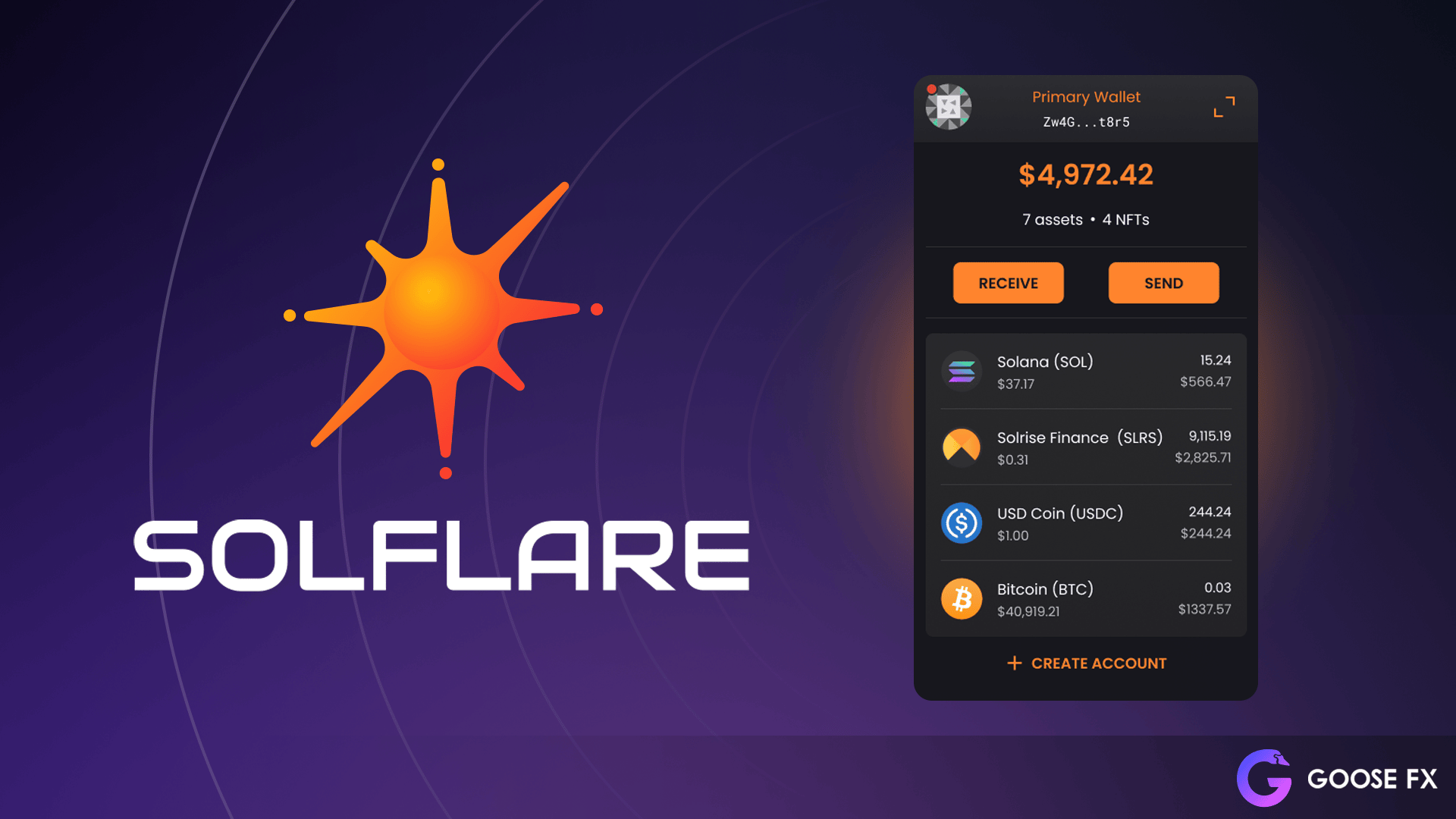So I was messing around with Solana wallets the other day, and honestly, something felt off about how clunky some of them were. Like, why does managing SPL tokens sometimes feel like decoding hieroglyphics? Seriously, wallets are supposed to make crypto life easier, not add another headache. But then I stumbled upon a wallet that kinda changed my perspective. Wow! It’s not perfect, but it’s pretty slick when it comes to juggling SPL tokens and NFTs.
Okay, first things first—Solana’s ecosystem is booming, no doubt. But not all wallets are created equal. Some are like those old, creaky apps you dread opening. My gut told me there had to be a better way to handle staking, DeFi, and NFT management all in one spot. Honestly, my first impression of most wallets was: “Too complex, too many steps.” But then I gave Solflare a shot. Something about it felt intuitive, almost like it was designed for people who actually want to do more than just hodl.
Here’s the thing. SPL tokens, Solana’s native token standard, are everywhere now. They’re the backbone of many projects and DeFi protocols. So having a wallet that doesn’t just show your SOL balance but also neatly categorizes all your SPL tokens is crucial. I mean, you want to see your assets without hunting through layers of menus, right? And NFTs? Managing those digital collectibles should be a breeze, not a chore. That’s where some wallets totally fall flat.
Initially, I thought all Solana wallets would be about the same—just different skins on the same core tech. But actually, wait—let me rephrase that. Some wallets, like Solflare, offer deeper features that cater to active users who stake, swap, or interact with DeFi apps frequently. On one hand, you have wallets that just hold your tokens, though actually, some also integrate staking and NFT galleries seamlessly. That’s a big deal if you’re knee-deep in the Solana ecosystem.
Check this out—when I first tried the wallet, the interface was clean, no confusing jargon, and I could instantly spot my SPL tokens and NFTs side-by-side. The wallet even had a section for staking, which was super handy. I wasn’t just fumbling around with multiple platforms anymore. This was one place to do it all. Honestly, it’s the kind of user experience that usually requires juggling several apps. So yeah, I was pleasantly surprised.

Oh, and by the way, if you’re thinking about trying it yourself, the solflare download is straightforward and painless. Just a heads-up—it’s not just about downloading; it’s about how the wallet handles your assets once inside. I’ve noticed that some wallets lag or freeze when loading large NFT collections, but this one kept things smooth. That’s not trivial when your wallet doubles as a gallery.
Why SPL Token Management Matters More Than You Think
Honestly, I didn’t realize how crucial SPL token management was until I tried dealing with multiple projects. It’s easy to forget that each token can represent a totally different thing—governance, staking, utility. If your wallet treats them all like generic dots on a list, you’ll miss out on tracking what’s really going on. Hmm… that’s one part that bugs me about some wallets: they’re just too basic.
What’s cool about some advanced wallets is they group SPL tokens by type or project, making it easier to understand your portfolio at a glance. Plus, if you’re into staking, you want to know not just your balance, but your rewards, lock-up periods, and whatnot. Most wallets don’t show that info clearly. But with this one, it’s like having a dashboard for your entire Solana DeFi life—very very important if you ask me.
Of course, I’m biased because I’m deep into Solana’s ecosystem, but I think wallets that don’t evolve to match your needs will soon feel obsolete. NFT management is another beast entirely. When you own dozens or hundreds of NFTs, you need a gallery that doesn’t choke or force you to scroll forever. Plus, you want metadata and provenance info easily at hand. The wallet I’ve been using nails this part, providing quick previews and easy export options—which is a nice touch for collectors.
Something else I appreciated was the wallet’s support for multisig and hardware wallet integration. At first, I thought multisig was overkill for casual users, but actually, wait—that’s a misconception. For anyone serious about security, especially when handling valuable NFTs or staking large amounts of SOL, it’s a lifesaver. The fact that the wallet made setting it up straightforward was a big plus.
Now, not everything’s perfect. The wallet’s mobile app still has some quirks—sometimes NFT images load slowly or the UI feels cramped. But the desktop version? Solid as a rock. For me, the desktop experience is where I do most of my heavy lifting anyway. So… I can live with the mobile hiccups for now.
Wrapping Up My Wallet Journey (For Now)
So, would I recommend jumping straight to this wallet? Yeah, with a slight caveat—you gotta be ready to explore some of its features to get the full picture. It’s not just a wallet; it’s a gateway into Solana’s DeFi and NFT world. I mean, I’m not 100% sure it’s the *best* for everyone, but for active Solana users, it’s definitely worth a look.
Here’s my two cents: your wallet should grow with you. If you’re just holding SOL, maybe any wallet will do. But if you’re staking, swapping SPL tokens, or managing NFTs, you’ll want something that doesn’t make those tasks a pain. This one fits that bill in a way that surprised me. Really.
Anyway, if you’re curious, the solflare download link is where I got it from. Give it a shot—you might find it changes how you interact with Solana for good. Just be prepared for some minor bugs and quirks here and there. But hey, that’s crypto for ya.




